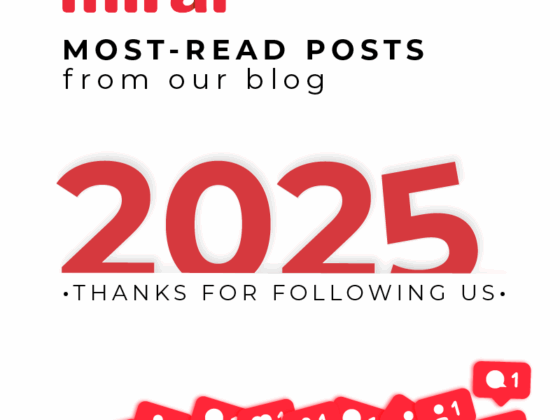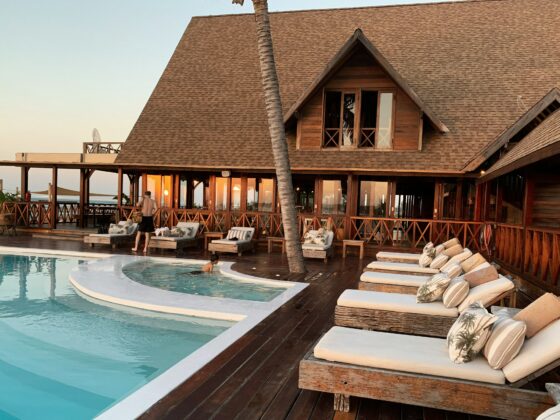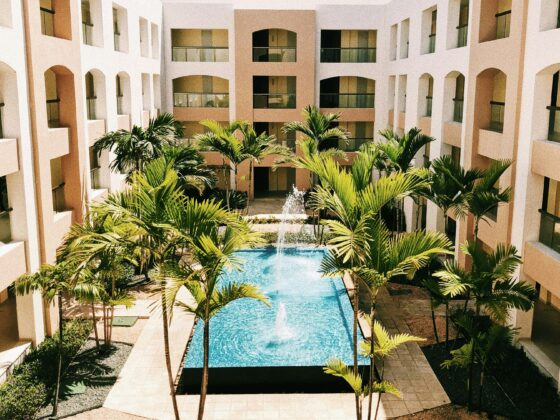
The Secrets of Dynamic Pricing: A Complete Guide for Hotels – Amenitiz Skip to content
Home » Manage Your Hospitality Business » The Secrets of Dynamic Pricing: A Complete Guide for Hotels
Tomi Ogundayo – 8 Feb, 2024

The Mechanisms of Dynamic Pricing Software
A dynamic pricing software, or a revenue management system, is engineered to take the guesswork out of pricing decisions. How do they do it?
-
Market Analysis: They constantly analyse market conditions, including demand, competitor prices, and external factors, in order to create a perfect pricing strategy.
-
Algorithmic Recommendations: Based on historical data and current market trends, these systems provide pricing recommendations.
-
Automation: The capability to automate price adjustments saves time, ensuring that hotels can adjust prices swiftly to match market demand.
The Benefits of Implementing a Dynamic Pricing Strategy
Adopting dynamic pricing strategies offers multifaceted benefits to hoteliers:
✅ Optimised Room Rates: Achieve balance between competitive rates and hotel revenue through calculated room pricing adjustments.
✅ Enhanced Revenue Management: Streamline revenue management processes and improve hotel revenue through precise and strategic pricing.
✅ Improved Market Responsiveness: Keep pace with market fluctuations seamlessly, ensuring your pricing is always aligned with current market demands.
✅ Increased Operational Efficiency: Reduce the manual workload on your revenue team, allowing them to focus on strategy and analysis.
Application in the Hospitality Industry
Implementing dynamic pricing does not demand a one-size-fits-all approach. Different hotels — from luxury to budget — can apply dynamic pricing to cater to their unique market segments, adjusting strategies based on seasons, booking patterns, and even customer behaviour insights to maximise revenue and occupancy rates. For instance, luxury hotels can leverage dynamic pricing to capitalise on high-end demand during major events or peak seasons, adjusting room rates accordingly. On the other hand, budget hotels might use dynamic pricing to attract budget-conscious travellers during off-peak periods by offering competitive rates. Furthermore, all hotels can use customer behaviour insights to customise promotions, such as offering personalised discounts to loyal guests, thereby increasing repeat bookings and fostering guest loyalty. In essence, dynamic pricing strategies empower hotels to fine-tune their revenue and occupancy rates based on their specific business model and target clientele.
Harnessing the Power of PriceAdvisor
PriceAdvisor by Amenitiz is a tool designed to transform how you approach hotel dynamic pricing. By leveraging insights, automation, and precision, PriceAdvisor positions your business for profitability and growth, making it your co-pilot in the journey toward revenue optimisation.
In conclusion, mastering dynamic pricing in the hotel industry is not an overnight task. It requires insights, technology, and a willingness to adapt. By understanding and leveraging the principles of this, hoteliers can ensure their establishment not only survives but thrives in the ever-changing hospitality landscape. Equip your business with the right tools and step into a future where your pricing strategy aligns seamlessly with market dynamics and your revenue goals.
The Critical Role of Dynamic Pricing in Hotel Revenue Optimization
In conclusion, the use of dynamic pricing in hotels is key to success in this competitive industry. By incorporating advanced algorithms, market analysis, and strategic planning, hoteliers can navigate the complexities of pricing. As the industry continues to evolve, the ability to adapt pricing strategies to market demands swiftly becomes essential, and having a dynamic pricing tool can help. Through continuous learning, adaptation, and technological integration, hotels can unlock the full potential of dynamic pricing, paving the way for a future where operational excellence and revenue maximization go hand in hand.
FAQ: Dynamic Pricing for Hoteliers
1. What are some examples of dynamic hotel pricing?
Dynamic hotel pricing refers to the practice of adjusting room rates based on various factors to optimize revenue. Some examples include: Seasonal pricing, demand-based pricing, booking patterns or special events pricing.
2. What is variable pricing in the hotel industry?
Variable pricing in the hotel industry refers to adjusting room rates based on various factors like booking demand, seasonality, and the rates of the competitors.
3. What is dynamic pricing in the travel industry?
In the travel industry, dynamic pricing is used to adjust the prices of travel-related services, including hotel rooms, based on changing market conditions and demand. Adjusting room rates is a good practice for better revenue management.
4. How is dynamic pricing related to revenue management?
Dynamic pricing is a core component of revenue management, as it involves adjusting prices in response to demand fluctuations and market conditions to maximize revenue and profitability for hotels.
5. What are the advantages and disadvantages of using a dynamic pricing strategy in the hospitality industry?
Advantages include maximized revenue, optimized occupancy, and responsive market pricing. Disadvantages could involve customer dissatisfaction due to perceived unfairness in fluctuating prices and the complexity of managing dynamic pricing strategies effectively.
6. What are the best dynamic pricing tools?
Hoteliers can find the best tool depending on their individual needs. An all-in-one software that works well with a revenue management system is one of the things to take into account when choosing dynamic hotel pricing aid. Some options are Duetto, Koddi, RevPar Guru or Amenitiz Price Advisor.







